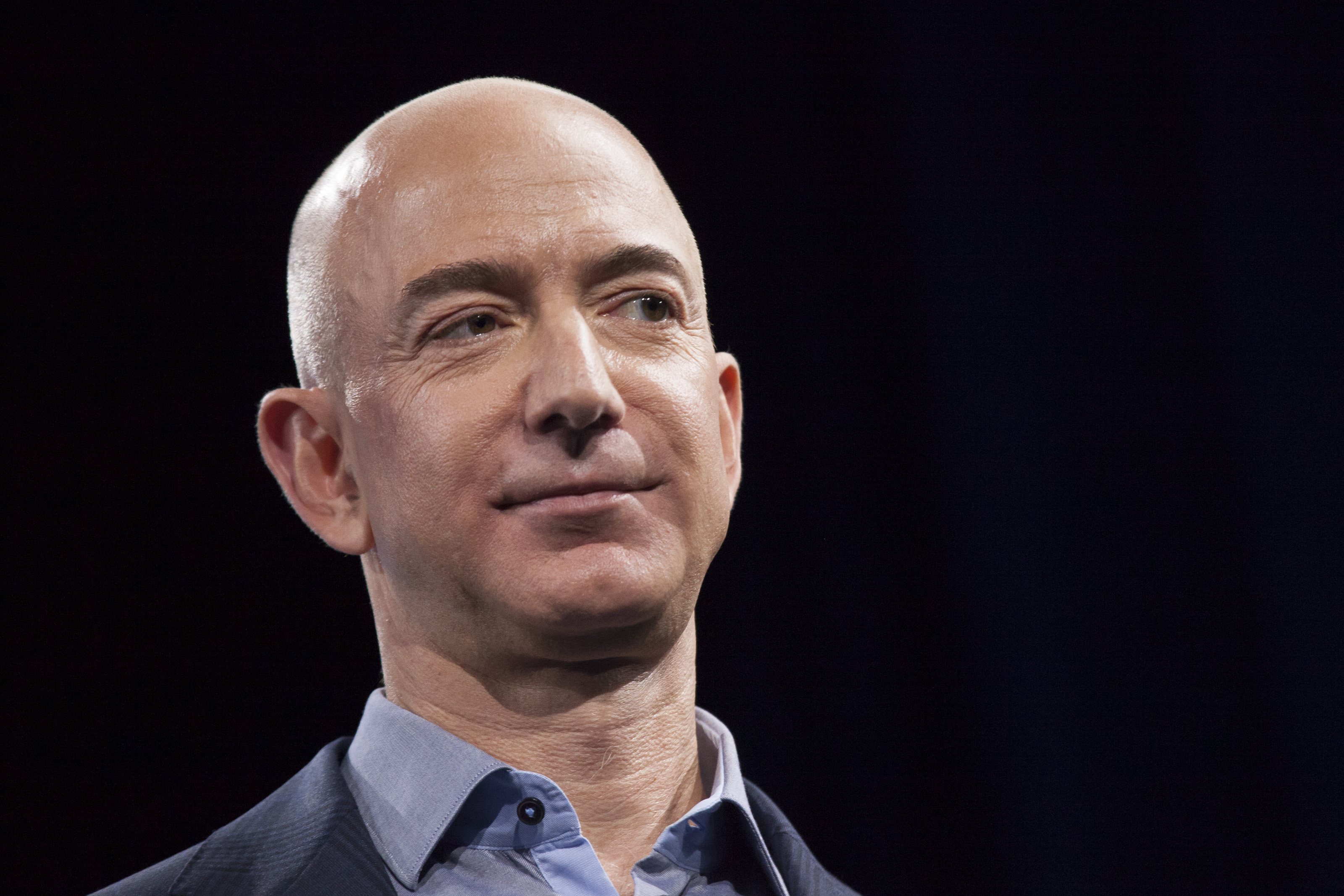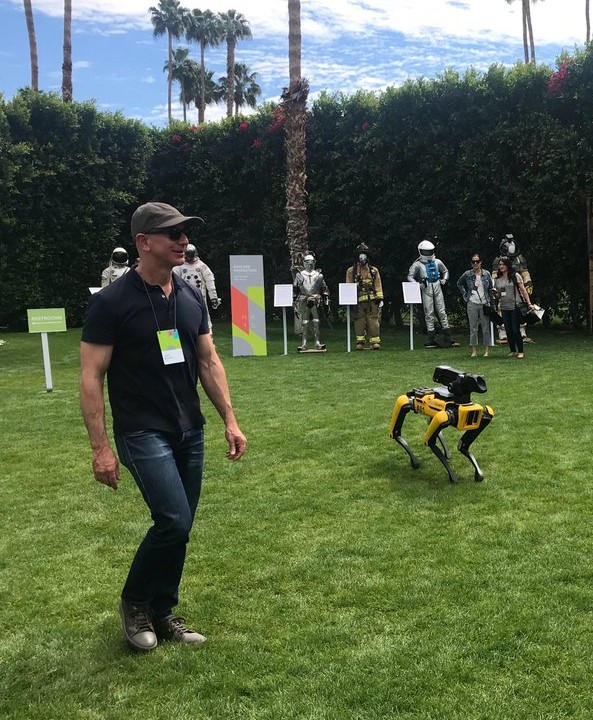Jeff Bezos gave a sneak peek into Amazon’s future

You can see the future of Amazon from MARS.
In this case, MARS stands for “machine learning, home automation, robotics, and space exploration”—an invitation-only conference in Palm Springs, California, hosted by Amazon’s CEO, Jeff Bezos. This year’s conference, the third annual, wrapped up on Wednesday.
It wasn’t a normal conference. No deals were made. No products were announced. In fact, there wasn’t even any Amazon branding anywhere. During the two days in the desert, the 200 guests—including a Nobel Prize winner, astronauts, designers, and the actor and Parkinson’s research advocate Michael J. Fox—explored their adventurous side with activities like knife making and biplane rides. Ostensibly, the focus of the conference was on the presentations the guests could make to each other about their work or passions. But the event’s real power was a glimpse into Amazon’s future.
And it suggests that Bezos’s plans for the company are expansive.
Many of the talks discussed subjects on Amazon’s existing product road maps, and many of the guests represented companies already aligned with its businesses. Amazon’s Alexa voice-activated software is already integrated into products from speaker company Sonos and automaker Ford—and the CEO of Sonos and the CTO of Ford were both guests. Intel’s CEO, Brian Krzanich, demonstrated indoor drones that could one day pick up an item off a sky-high shelf in an Amazon warehouse. And recent whispers about Amazon’s interest in health care were backed up with presentations by Sonde, an AI firm that can diagnosis mental and physical health from voice recordings, and Seismic, a clothing company that helps wearers gain more mobility thanks to robotic garments.
But Bezos appears to have more far-out plans, too.
Planetary scientists presented the latest discoveries on gravitational waves and pulsars. While research on gravitational waves is still ongoing, Bezos clearly thinks that a more nuanced understanding of gravity could shape innovations of the future. Pulsars could have implications for Bezos’s 10,000-year clock, a $42 million timepiece claimed to be an important way to think about humanity in the long term (though some folks are skeptical about that). Quite how this shapes Amazon’s future is unclear, but it’s obvious that Bezos is thinking very hard about it. (These particular topics do align nicely with his non-Amazon aerospace company, Blue Origin.)

Most telling, though, was Bezos’s sheer enthusiasm. He was on hand for the whole conference and paid close attention to everything, like an excited schoolboy turned billionaire entrepreneur. He sat in the front row. He tested demos (even playing Ping-Pong against a robot; he lost). He took control of the Boston Dynamics robo-dog. He’s excited and enthralled by what the future has to offer.
And ultimately, he said as much. On the last night of the event, Bezos addressed the attendees about MARS and his perspective on the future. “If you could hold a conference about the beginning of a golden age,” he said, “why wouldn’t you? It’s so fun. And I really do believe that we are on the leading edge of an incredible renaissance. I’m so optimistic about it.”
Apart from all the potential for shaping Amazon on this planet and perhaps even the next, the conference was maybe just a little bit of fun for Bezos too. “I leave with a big kick in my step,” he said.
Keep Reading
Most Popular
Large language models can do jaw-dropping things. But nobody knows exactly why.
And that's a problem. Figuring it out is one of the biggest scientific puzzles of our time and a crucial step towards controlling more powerful future models.
How scientists traced a mysterious covid case back to six toilets
When wastewater surveillance turns into a hunt for a single infected individual, the ethics get tricky.
The problem with plug-in hybrids? Their drivers.
Plug-in hybrids are often sold as a transition to EVs, but new data from Europe shows we’re still underestimating the emissions they produce.
Stay connected
Get the latest updates from
MIT Technology Review
Discover special offers, top stories, upcoming events, and more.